In part one, we discussed the impact of investments in youth athletics and activities. In part two - I zoomed out and ideated on the implications of monetizing music education. In this final installment, we will look at a nationalized approach to investing in music education.
In less than a week, our country will celebrate Cancer Awareness Month. To be clear, there are additional months celebrating different types of Cancer (November/Prostate Cancer, January/Cervical Cancer, March/Colorectal cancer, etc.), but October is the big one.
Cancer Awareness Month(s) is important. They serve as an opportunity to educate people on the importance of early detection, promote healthy lifestyle choices, and highlight advances in cancer research and treatment. But, the main driver of all activities is to foster a community for those affected by and who are struggling with this fatal illness and raise money.
My question is, why do we do it?
Now, before you send me an angry message about the importance of beating this insidious disease, you should know that the impact Cancer has had on my life is considerable and profound.
I won't share the details as virtually every one of you has a similar personalized and heartbreaking story, but know you need not try to convince me of the need to rid the planet of the scourge known as Cancer.
But I stand by my question. Why raise all this money and awareness when it isn't working? Cancer is still here and killing millions of people. After fifty years, two Cancer Czars, nearly a trillion dollars spent, and 100 million lives lost, it's a fair question. Have we saved lives? Yes. But, not enough. Since 2015, Cancer related deaths decreased by a mere 2%. Even the most basic business/investment principles lead us to the simple conclusion that it's a bad investment.
Yet, despite these lackluster results, we continue to pour more money and resources into the pursuit.
Over the past decade, cancer research funding in the United States has seen significant growth, reflecting a concerted effort from various sectors to eradicate this devastating disease. Personal donations, including contributions from individuals and grassroots fundraising initiatives, have amassed over $20 billion, showcasing the importance of this for everyday Americans. I have donated individually and as a part of Scott Lang Leadership.
Corporate investments in cancer research have also increased markedly, totaling around $15 billion over the past ten years, in philanthropy and product development, which has a profit component.
But the most significant investment in Cancer treatments is the United States Government, where annual federal funding has reached approximately $45 billion, with agencies like the National Institutes of Health (NIH) and the National Cancer Institute (NCI) playing crucial roles in driving research initiatives.
And yet Cancer continues to be the second most common cause of death in the US, after heart disease. A total of 1.9 million new cancer cases and 609,360 deaths from Cancer are expected to occur in the US in 2022, which is about 1,670 deaths a day.
In short, in the past decade, we have invested nearly half a trillion dollars in solving a problem that we have yet to solve. That is the very definition of a bad investment.
It's a worthy investment, to be sure - but a bad one.
What if we carved out one billion dollars from the Cancer budget, or approximately 1% of our annual spend, and give it to our nation's school music programs? With a billion dollars, we could annually:
Hire 20,000 music teachers.
Provide 833,000 children with free private lessons for a year.
Purchase over two million new instruments.
Build/update thousands of facilities.
Provide free music to every program in America.
Add extra periods for students to provide better access and opportunities to take music classes.
Lower tuition costs for music education majors.
Create national campaigns educating Americans on the benefits of music for their children.
And so much more
Yes, carving out 1% of our annual spending on Cancer research would impact every one of the 50 million young people in America's public schools and their families. It would also have ancillary benefits like higher GPAs, less truancy, higher graduation rates, etc. Regardless of the side benefits, no matter how you parse the math - that is a much better investment and has a significantly higher ROI than Cancer research.
But Cancer matters. To me, and likely to you as well.
So, how about we also consider the possibility that the person to find a cure for Cancer was at one time or is currently sitting in a black Wenger chair somewhere in a rehearsal room? So this would not be slicing off a sliver of spending; the funds would actually be spent on Cancer research - just an alternate approach to it.
We know that music improves academics and critical and creative thinking - two skills needed to tackle this horrific and prolific killer. Imagine the potential breakthroughs in Cancer research and other societal issues if we invest in nurturing these skills through music education.
So, don't think of this 1% reallocation as a spend on music education; think of it as future Cancer research - and every other significant problem that faces our country and our world.
Seems like a good investment to me. But what do I know? I barely passed math.
Have a great week!
Scott
